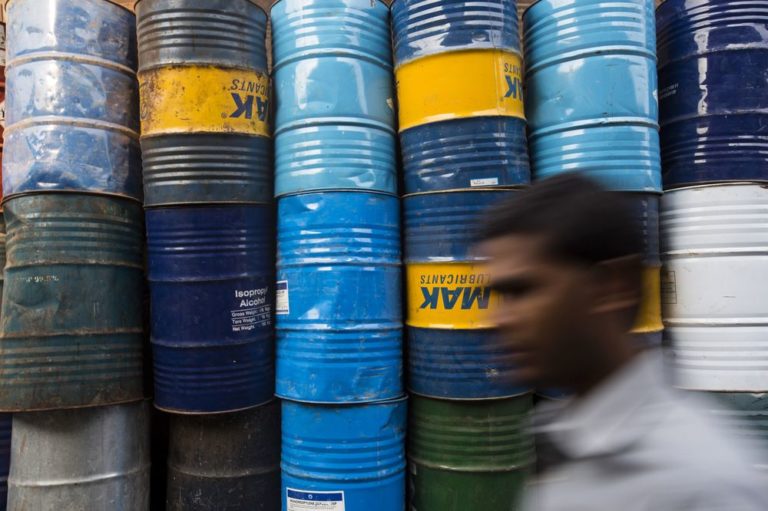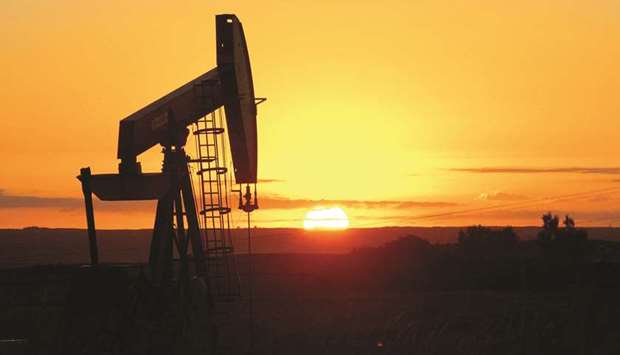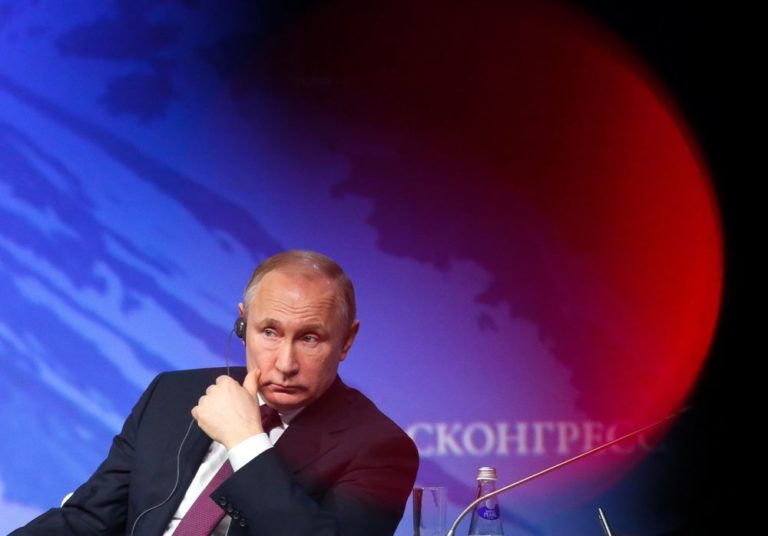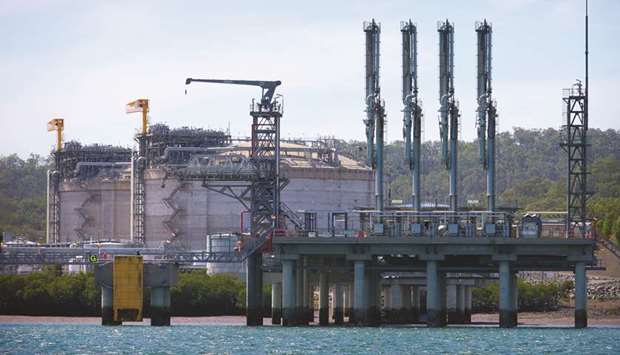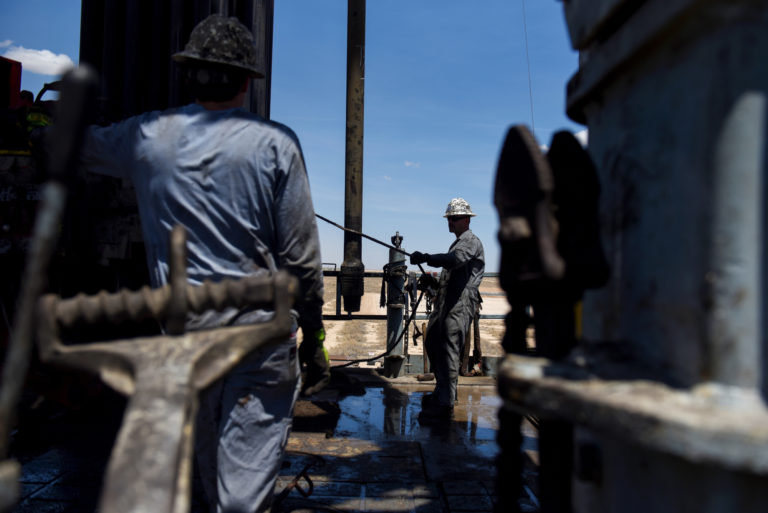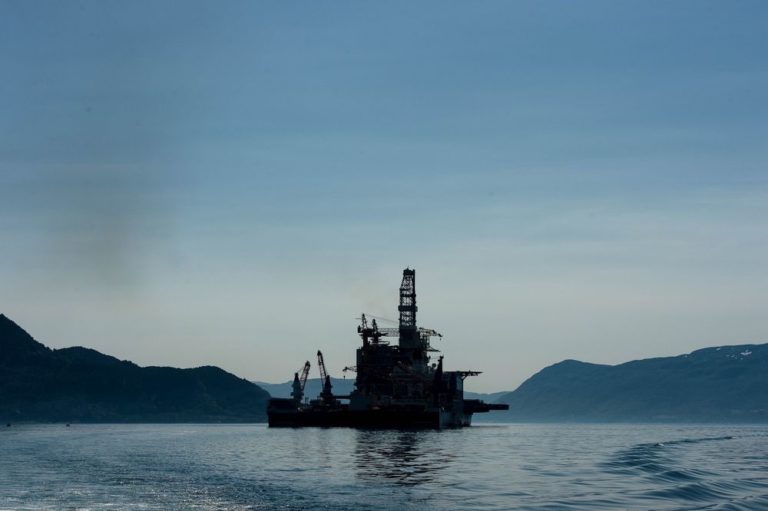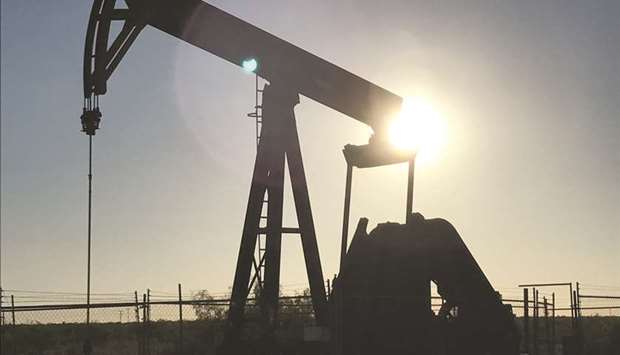Chevron set to buy Anadarko for $33bn in shale, LNG push
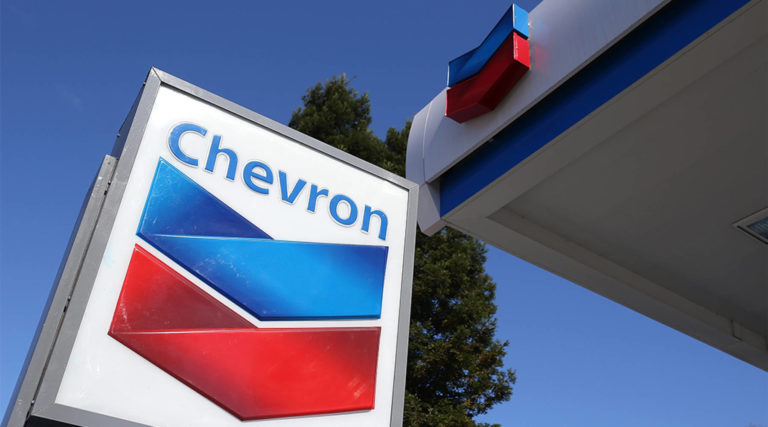
Chevron Corp yesterday said it will buy oil and gas producer Anadarko Petroleum Corp for $33bn in cash and stock in a deal that doubles down on its bet on US shale and propels the company into the ranks of the world’s “supermajor” crude pro- ducers. The deal makes Chevron the sec- ond-largest major by crude produc- tion, behind Exxon Mobil Corp, up from fourth. It expands Chevron’s role in two areas where US energy output is surging — shale from the Permian Ba- sin of west Texas and New Mexico, and liquefi ed natural gas (LNG) — which have helped make the US one of the world’s largest energy exporters. “Chevron now joins the ranks of the UltraMajors — and the big three be- comes the big four,” said Roy Martin, senior analyst at consultants Wood Mackenzie. “The acquisition makes the majors’ peer group much more polar- ised. ExxonMobil, Chevron, Shell and BP are now in a league of their own.”
US crude production stands at a record 12mn barrels a day (bpd), and the nation is the third-largest producer of LNG, the super-cooled fuel that is see- ing record demand as a cheaper, cleaner alternative for countries that still rely heavily on coal for power generation. Chevron’s pledge to restrain expendi- tures has make it a favourite among en- ergy stocks, with its shares up 13.8% this year. It plans to sell some $15bn in assets over time to off set the Anadarko deal. Still, investors sent Chevron shares down 5.2% to $119.44 yesterday. Chev- ron chief executive Mike Wirth called the deal a “great fi t” for the company. “This is really about creating share- holder value,” Wirth said in an inter- view. “It’s a great combination.
That’s what drives this.” The deal is the oil industry’s largest since Royal Dutch Shell bought BG Group in 2016, and it sparked speculation that other shale producers are in play. Shares of Apache Corp, which also has extensive acreage in the Permian Basin, rose 1.8%, while Pioneer Natu- ral Resources Co jumped 9%. With oil prices surging this year, Chevron and larger rival ExxonMobil have been in- creasing investment in the Permian Basin, the most prolifi c shale oil fi eld in the country. Their eff orts coincide with a pull- back by the smaller companies that revolutionised the industry through advances in horizontal drilling and hydraulic fracking. They have had to curtail spending due to investor dissat- isfaction with weak returns. Chevron, which already has 2.3mn acres in the Permian Basin, said the Anadarko deal would give the com- bined company a 75-mile (120-km)- wide corridor across the Permian’s Delaware basin, on the Texas-New Mexico border. “We will now see Chevron emerging as the clear leader among all Permian players, both in terms of production growth and as a cost leader,” said Rys- tad Energy head of analysis Per Magnus Nysveen, noting that Anadarko’s acre- age is in the “sweetest spot” of the Per- mian’s Delaware Basin. Anadarko also has a Mozambique LNG project, part of one of the indus- try’s largest planned current invest- ments, which Wirth said he still ex- pects to move to fi nal approval “sooner rather than later” this year.
Expenses from that project are ex- pected to reach $4bn over several years. The tie-up with Anadarko adds to Chevron’s deepwater investments in the Gulf of Mexico and gives it a stake in growing oil and gas production in the US Rocky Mountains in Colorado. At the end of 2018, Exxon and Chev- ron accounted for about one-fi fth of Permian output, where produc- ers pump around 4mn barrels per day (bpd) currently. IHS Markit expects it to hit 5.4mn bpd in 2023, more than the total pro- duction of any Opec country other than Saudi Arabia. “It will be a continuous shift toward larger companies in basically all seg- ments of the shale industry,” said Ar- tem Abramov, head of shale research for Rystad Energy. Shares of Anadarko surged 32% yes- terday morning, refl ecting the 39% premium off ered by Chevron compared to Thursday’s closing market price. The $65 per share off er was struc- tured as 75% stock and 25% cash. The deal includes taking on $15bn of Anadarko’s debt.
